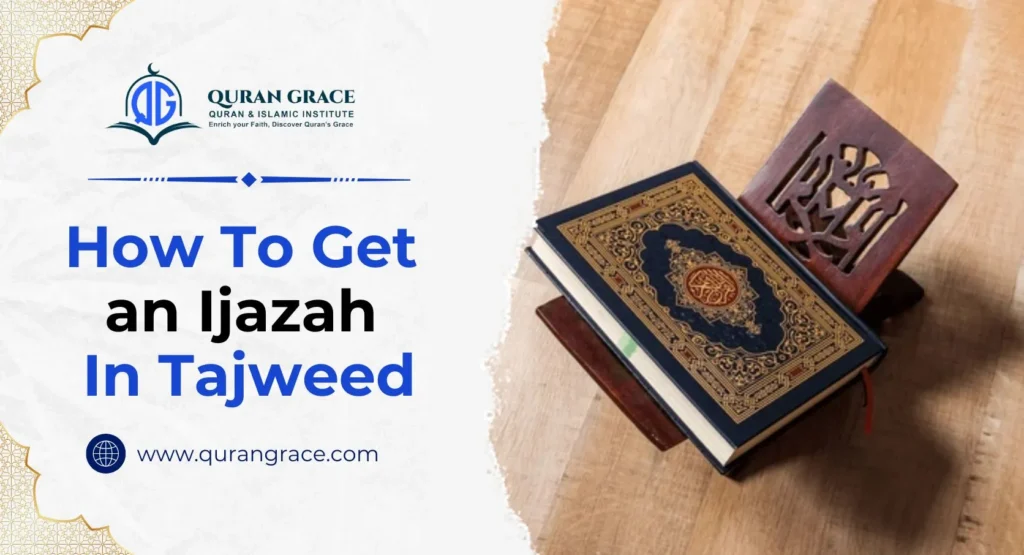Today, we’re embarking on a journey to explore a fundamental rule of Tajweed that will elevate your recitation: Ikhfa Shafwi. Have you ever noticed a subtle, “hidden” sound in your recitation, particularly when you encounter the letter meem with a sukun followed by the letter baa? This isn’t an accident—it’s a beautiful rule of Tajweed called Ikhfa Shafwi.
The word Ikhfa Shafwi is a key to understanding the rule itself: “Ikhfa” means to conceal or hide, and “Shafwi” refers to the lips. In this post, we’ll learn how to properly hide the sound of the meem into the baa, creating a soft, eloquent transition that brings our recitation closer to the Sunnah of the Prophet Muhammad (peace be upon him).
Stay with us as we break down the simple steps to mastering this essential rule, complete with examples and practical tips to help you recite the Quran with even greater grace and beauty.
Understanding Ikhfaa Shafawi
Ikhfaa Shafawi is a rule in the science of Tajweed, which governs the proper recitation of the Quran. The term “Ikhfaa” (إخفاء) means “concealment” or “hiding,” while “Shafawi” (شفوي) means “labial” or “of the lips.” The rule is named as such because it involves a specific way of pronouncing the letter Meem (م) using the lips.
What is the Rule?
The rule of Ikhfaa Shafawi is very specific and applies only in one situation: when a Meem As-Sakinah (مْ)—a meem with a sukoon or no vowel—is followed immediately by the letter Baa (ب). This usually occurs at the end of one word and the beginning of the next.
How to Pronounce Ikhfaa Shafawi
When this combination of letters occurs, the reciter must “hide” or “conceal” the sound of the Meem. This is done by:
- Gently closing the lips
Instead of pressing the lips firmly together as you would for a clear Meem sound, the lips are brought together lightly and gently. Some scholars even suggest leaving a very small gap between the lips.
- Maintaining a Ghunnah
A “ghunnah” is a nasal sound that flows through the nose. When performing Ikhfaa Shafawi, this nasal sound must be held for a duration of approximately two beats or counts. This ghunnah is what “hides” the sound of the Meem and creates a smooth transition to the following Baa.
Ikhfaa Shafawi is a middle ground between two other Tajweed rules: Izhar (clear pronunciation) and Idgham (merging). The sound is not completely clear, nor is it fully merged. The goal is to blend the Meem and Baa sounds with a nasal quality, ensuring a smooth and flowing recitation.
Examples from the Quran
- تَرْمِيهِمْ بِحِجَارَةٍ (tar’meehim bihijaratin)
- أَنبِئْهُم بِأَسْمَائِهِمْ (anbi’hum bi’asmaa’ihim)
- فَبَشِّرْهُم بِعَذَابٍ (fabashirhum bi’adhabin)
In these examples, the Meem As-Sakinah, located at the end of the first word, is followed by the letter Baa at the beginning of the next word. When reciting this, the reciter gently brings their lips together to create a two-count nasal sound before pronouncing the Baa. This technique highlights the unique interaction between the two letters in proper pronunciation.
Key Differences from Other Rules
- Ikhfaa Shafawi vs. Ikhfaa Haqiqi
Ikhfaa Shafawi is one of the rules of Meem As-Sakinah, while Ikhfaa Haqiqi is a rule for Noon As-Sakinah (نْ) and Tanween (ًٌٍ). Ikhfaa Haqiqi applies to 15 different letters, while Ikhfaa Shafawi only applies to the letter Baa.
- Ikhfaa Shafawi vs. Idgham Shafawi
Idgham Shafawi occurs when a Meem As-Sakinah is followed by a Meem with a Harakah (مَ, مِ, مُ). In this case, the two meems are completely merged into a single stressed Meem with a ghunnah. In Ikhfaa Shafawi, the Meem is “hidden,” not completely merged, and the lips’ contact is gentle.
- Ikhfaa Shafawi vs. Izhar Shafawi
Izhar Shafawi means to pronounce the Meem As-Sakinah clearly without any ghunnah. This applies when a Meem As-Sakinah is followed by any Arabic letter except Meem (م) or Baa (ب).
Conclusion
So, remember, Ikhfa Shafawi isn’t as complex as it might seem. It’s a key part of tajweed, the art of reciting the Qur’an correctly, and it’s all about that subtle, hidden sound. By gently touching your lips together and humming that soft nasal sound, you’re not just reciting words; you’re preserving the beautiful, intricate melody of the Qur’an, just as it was revealed. To learn and master this rule with perfection, you can join the online Tajweed classes by Quran Grace, where the professional Egyptian tutors will guide and assist you throughout your journey.








